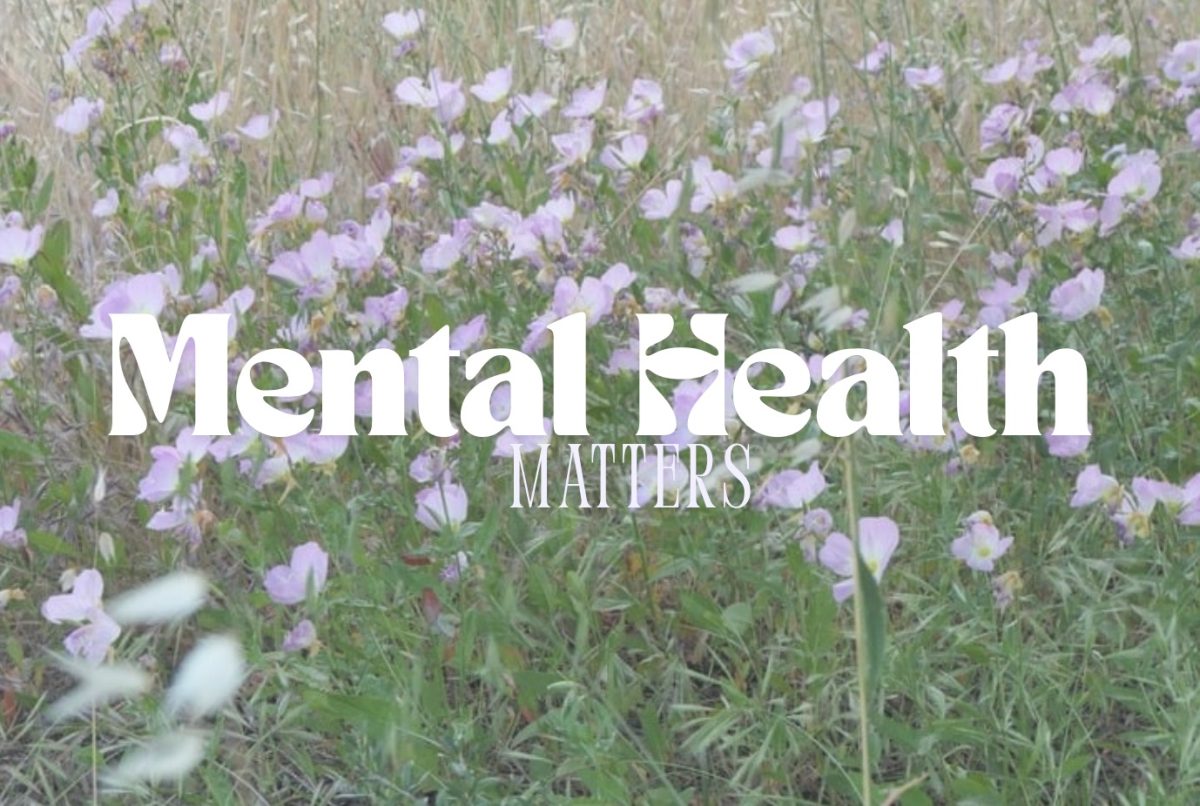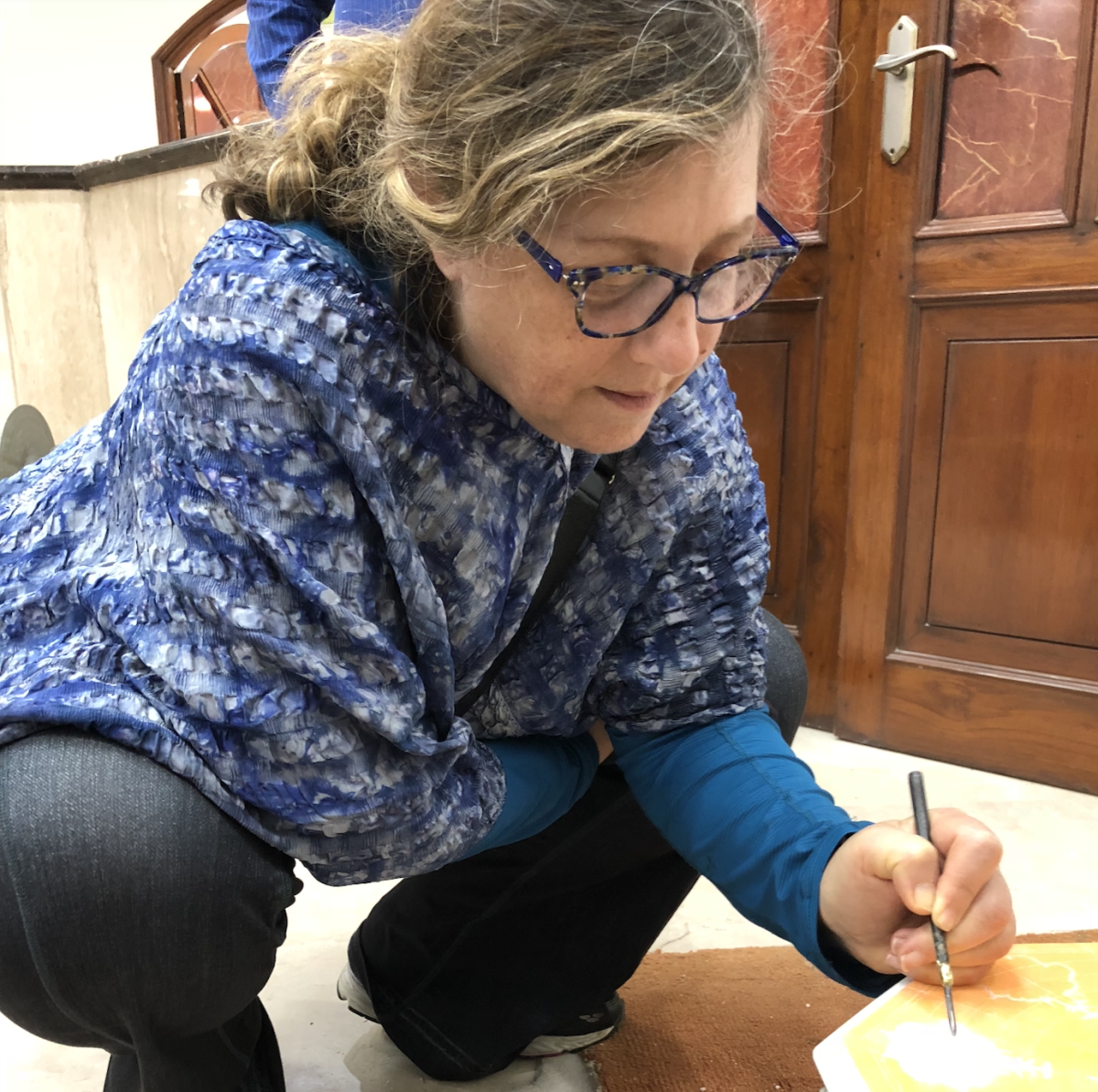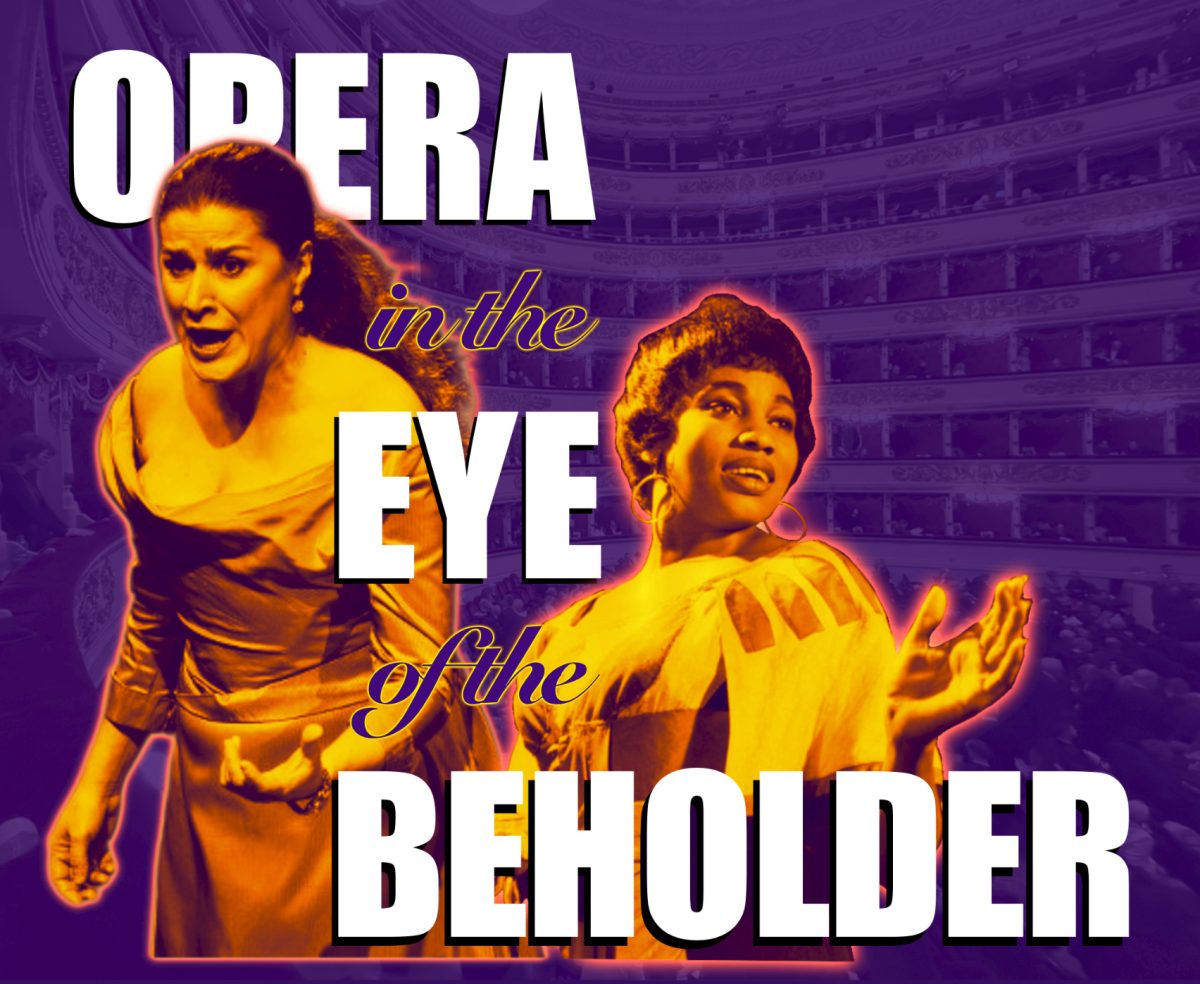What is a “Brat Summer”?
This is a question that many people including myself have asked, puzzled by the sudden sea of neon green and low-resolution, stretched Arial font that suddenly materialized around them during the summer of 2024.
In truth, there isn’t a definitive answer—at least none that I have been able to find. Aside from the fact that the term is based off of artist Charli XCX’s most recent album, Brat, the aesthetic of “Brat Summer” has numerous different interpretations.
Some seem to associate the hyper-pop music on Charli XCX’s album with physical aspects such as brighter, messier, and far less conventional clothing choices. Others have taken the term to mean something a bit more literal: having an unapologetic attitude by being themselves.
Regardless of what any individual believes the term means, “Brat Summer” has been arguably one of the largest and most sweeping trends of Gen Z, impacting the personalities of some and the outfits of others. Unsurprisingly, much of its success can be attributed to social media–specifically, TikTok. The rapid spread of the “Brat Summer” trend underscores a greater issue that pervades the platform of TikTok: a growing lack of individualism amongst its users.
TikTok’s role in shaping the identities of our generation has increased dramatically in recent years. From the incredibly-quotable audios to the bold fashion statements to advertisements for TikTok Shop featured in my feed on a day-to-day basis, it is becoming increasingly difficult to separate myself from the homogeneity that TikTok promotes.
Two years ago, the term “microtrend,” which describes an accelerated trend that often runs its course within a few weeks, was coined, serving as a testament to the decrease in value of social media trends. A microtrend ranges from individuals buying a certain piece of clothing, like wearing ties for belts, to an entire aesthetic such as the recent “Brat Summer.”
While often promoted as “modern” and “innovative” products by influencers, the reality is that microtrends are just the clever medium through which brands can generate more profit. The creation of TikTok Shop made this promotion through influencers all the more common; TikTok users merely have to click a button, and they will be presented with hundreds of popular items that they can buy. Companies target susceptible consumers, who are often too young to legally utilize certain features of certain apps, and more often than not, individuals take the companies’ bait, subscribing to the newest popular feature or purchasing the latest color of a pair of shoes.
As a user of social media, it is incredibly exhausting to constantly keep up with and follow the latest trends, especially when I realize that there is a good chance that in a couple of weeks, everyone’s attention will be on the next new fad. While microtrends themselves are not inherently bad—in fact, I’ve found myself partaking in many—the cycle of consumption seems to rarely end, and opportunities to buy the latest microtrends are increasingly dominating my social media feeds.
At the end of the day, what I believe is the most important for myself and others is to take a step back from the singular identity that TikTok promotes. By distancing ourselves from the potent influence of our infinite For You Page, we can focus on doing what we truly want, free from external pressures.












![UNSUNG HEROES — Fred Korematsu, Karen Korematsu and Aiko Herzig-Yoshinaga are awarded the Asian American Justice Medal to recognize their fight for justice following the incarceration of Japanese Americans during World War II. In addition, scientists Shuji Nakamura, David Ho, Tsoo Wang, Mani Menon and Chih-Tang “Tom” Sah receive the Asian American Pioneer Award. "[As a scientist,] it is crucially important to be able to communicate your work and your discoveries to [not only] other scientists, but also to the general public," Ho said. Photo by Talia Boneh](https://cmagazine.org/wp-content/uploads/2025/07/useee-1200x800.jpg)


